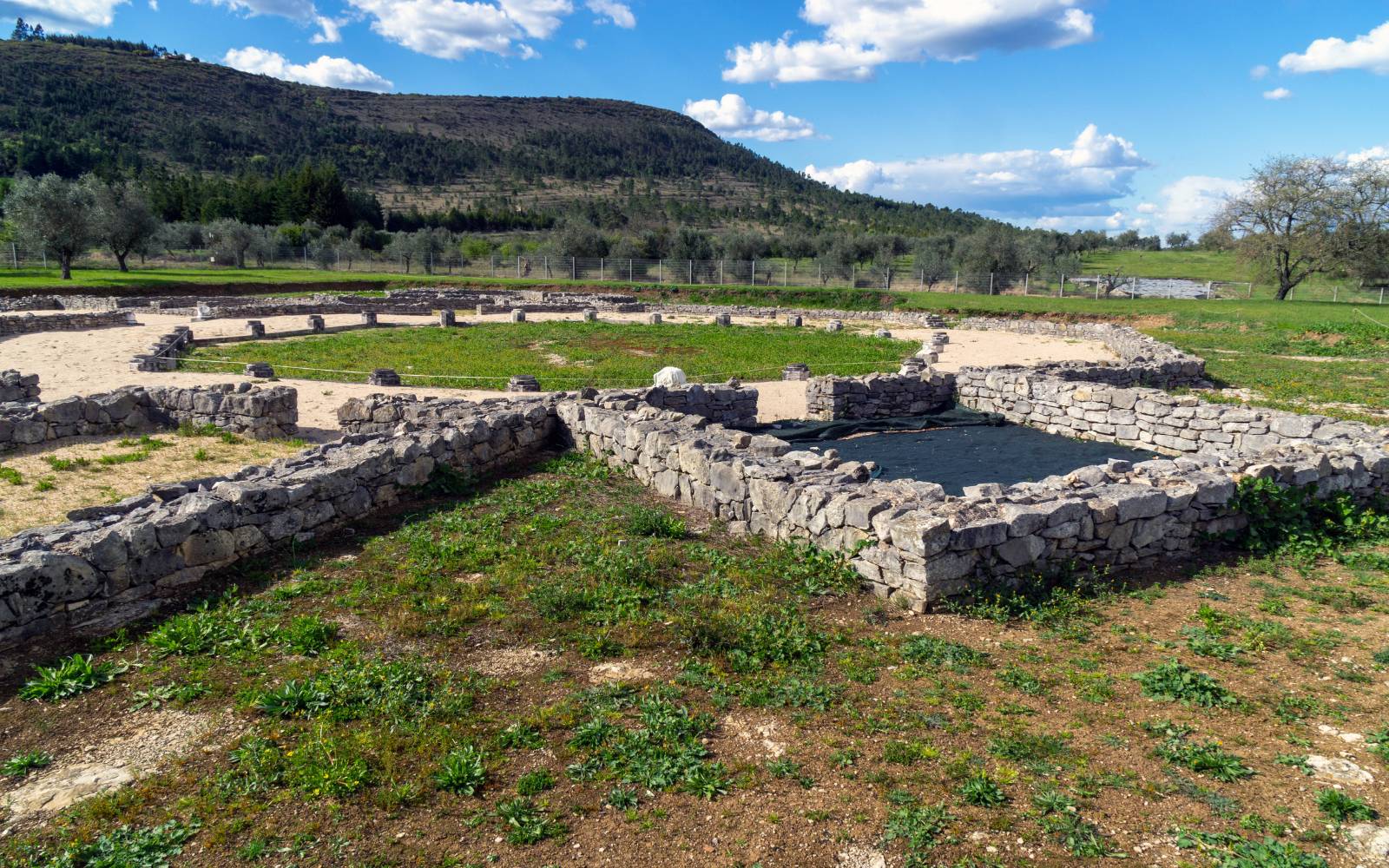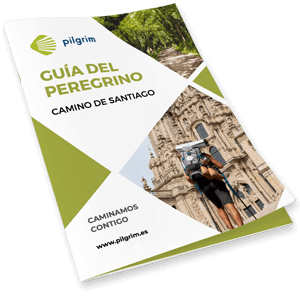Mealhada
‹ Back to the stage
Mealhada
- Residents: 4.500 aprox.
- Province:
Information
Get to know Mealhada
This village in Portugal is famous for its gastronomy and its peaceful lifestyle.
Located right next to the Cértima river, it is a very nice place to rest after a long stage. In this municipality is the place of Luso, a village well known for its hot springs and its protected forest.
<pLocation
How to get there
To get to Mealhada you can go from Coimbra on the A-31 road and then take the IC-2 at Trouxemil. If coming from Oporto, take the E-1 to Casa da Comba and then the N-234 to Mealhada.
If you are coming from Oporto, take the E-1 to Casa da Comba and then the N-234 to Mealhada.
It is also possible to arrive by public transport, by bus from Coimbra direction Aveiro, or with the comboios of Portugal by train.
History / Culture
What to see
Alta Cruz
The so-called Alta Cruz or High Cross is the highest point of the Sierra del Buçaco. It is a monumental cross erected at 547 meters high from which you can appreciate beautiful views of the city and the mountain ranges attached to it.

Conjunto Monumental de Buçaco
Very close to the city of Coimbra is located the Mata do Buçaco, an enchanted forest worth visiting. Declared a National Park, the forest is home to a wide variety of exotic tree species and, being bounded by large stone walls, awakens a great mystery. This disturbing natural space has been an object of admiration for great writers, who have been inspired by these forests when composing their works, where natural and spiritual beauty go hand in hand.
There are numerous hermitages in ruins in the forest, which were erected for some monks to live in total isolation, as well as trails, ponds and exotic trees that invite the practice of hiking.
This enchanted forest has its origins in the sixth century, when the Benedictine order arrives inside it. This land became the property of the Bishopric of Coimbra in the early 17th century, which transferred it to the Carmelite Delcalzos. This order decided to build a monastery here, giving this natural area a period of great splendor. Today, only the church, the nave and the cloister remain of the monastery.
Thanks to the abolition of the religious orders in the mid-nineteenth century and the continuous disentailments, this space belongs to the monarchy, which gives greater recognition to the place thanks to the construction of a palace in the forest.
This palace has a neo-Manueline style, whose facade made of stone reminiscent of the popular Torre de Belém. This building was erected in 1907 and converted into a hotel after the First World War, achieving great fame at European level.
Both the south façade and the west-facing façade show various scenes from the Portuguese heroic deeds. The interior of the building stands out for its great ornamentation, among which stand out the tiles, paintings and paintings that reproduce the great Portuguese discoveries. The palace also stands out for its furniture, made up of Portuguese, Indo-Portuguese and Chinese furnishings. Also worthy of admiration are the Moorish-style ceiling, the foreign wood flooring and the royal gallery.
If the Buçaco Palace is marvelous, the gardens that surround it add to its singular beauty. On one side of the palace the visitor is going to find a spectacular labyrinth that has a large number of different geometric shapes. Once you go through this labyrinth you will reach the back of the building, where a beautiful path surrounded by various tree species opens up. That is why, in these gardens you can see several species of flowers and spectacular trees, which fill this space with a great mix of colors.

Information of interest
Local police
xxx
Fire department
+351 231 202 122
Civil protection
xxx
Town hall
+351 231 200 980
Health center
+351 231 208 276
Tourism office
+351 231 939 133
Rua Emídio Navarro 136, Luso

We send you your itinerary
Enter your details and receive your travel itinerary by email
Recommended
Gastronomy
Recommended
Festivals and Pilgrimages
Local festivity
Junio: Feria de Artesania y Gastronomía
Local festivity
Febrero: Carnaval Luso
Portuguese Way
On foot
25 stages



























